Throughout history, countless ancient civilizations have risen, flourished, and mysteriously faded, leaving remnants of their once-thriving societies and often tantalizing clues of highly developed knowledge and skill. Among these ancient advanced civilizations are those we barely understand—so-called “lost civilizations” whose legacies challenge modern science and spark imaginations. From engineering marvels to encoded wisdom, the stories of these advanced ancient civilizations may hold keys to understanding our past and even glimpses into humanity’s future.
This exploration of ancient advanced civilizations illuminates what we know—and don’t know—about these mysterious societies, examining theories and evidence that suggest surprising sophistication in science, engineering, and cultural achievements.
What Defines an Ancient Advanced Civilization?
An “advanced civilization” often evokes images of technological prowess, structural marvels, and sophisticated societal structures. But what qualifies a civilization as truly advanced? For ancient civilizations, the definition extends beyond impressive monuments; it includes achievements in mathematics, astronomy, language, governance, and other complex systems of knowledge.
Advanced ancient civilizations displayed capabilities that rival, and in some cases even surpass, those we associate with modern society. Here are several lost civilizations and the enigmatic evidence left behind that has captivated archaeologists, historians, and the curious alike.
1. Göbekli Tepe: The Oldest Temple Complex Known to Man
Göbekli Tepe in Turkey is perhaps one of the most mind-bending finds of all time. This site, constructed roughly 11,000 years ago, predates the advent of agriculture by millennia and is older than Stonehenge or the pyramids. The site consists of massive T-shaped stone pillars intricately carved with images of animals, which suggest both architectural prowess and complex symbolic thought.
What is astonishing is that this ancient advanced civilization likely had no written language or wheel and yet possessed a complex spiritual and social structure capable of mobilizing massive construction efforts. Scholars remain baffled as to how hunter-gatherers organized such an elaborate site, as it hints at knowledge and coordination well beyond the capabilities traditionally attributed to societies of that time.
Possible Mysteries:
- How did a society without apparent agriculture support such an advanced building endeavor?
- What were the purposes behind Göbekli Tepe’s creation, and how did these people acquire the organizational skills necessary for its construction?
The Indus Valley Civilization: An Urban Marvel
The Indus Valley Civilization (c. 3300–1300 BCE) is celebrated as one of the world’s earliest and most advanced ancient civilizations, thriving across what is now Pakistan, northwest India, and eastern Afghanistan. Its cities, such as Mohenjo-Daro and Harappa, showcase remarkable achievements in urban planning, infrastructure, and social organization, all of which have earned this civilization the distinction of being a pioneering force in early human history.
Key Features of the Indus Valley Civilization
- Sophisticated Urban Planning:

The Indus cities were laid out in grid patterns, with a level of organization rarely seen in ancient cities. Streets intersected at right angles, and neighborhoods were carefully designed to separate residential, commercial, and civic spaces.
- Advanced Sanitation Systems:
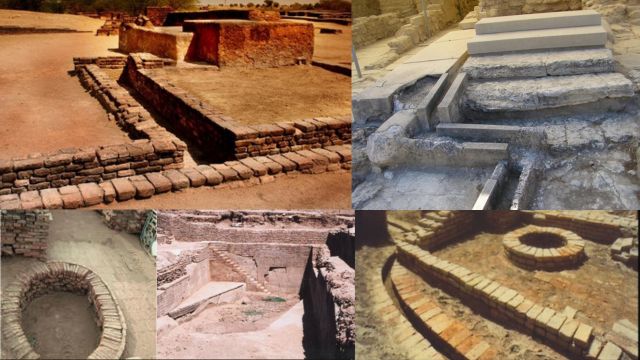
The civilization had complex drainage systems, public baths, and even indoor toilets in homes—a significant advancement in hygiene and public health. Mohenjo-Daro’s Great Bath, for instance, reflects a communal water facility that points to both sanitation and social activities.
- Standardized Weights and Measures
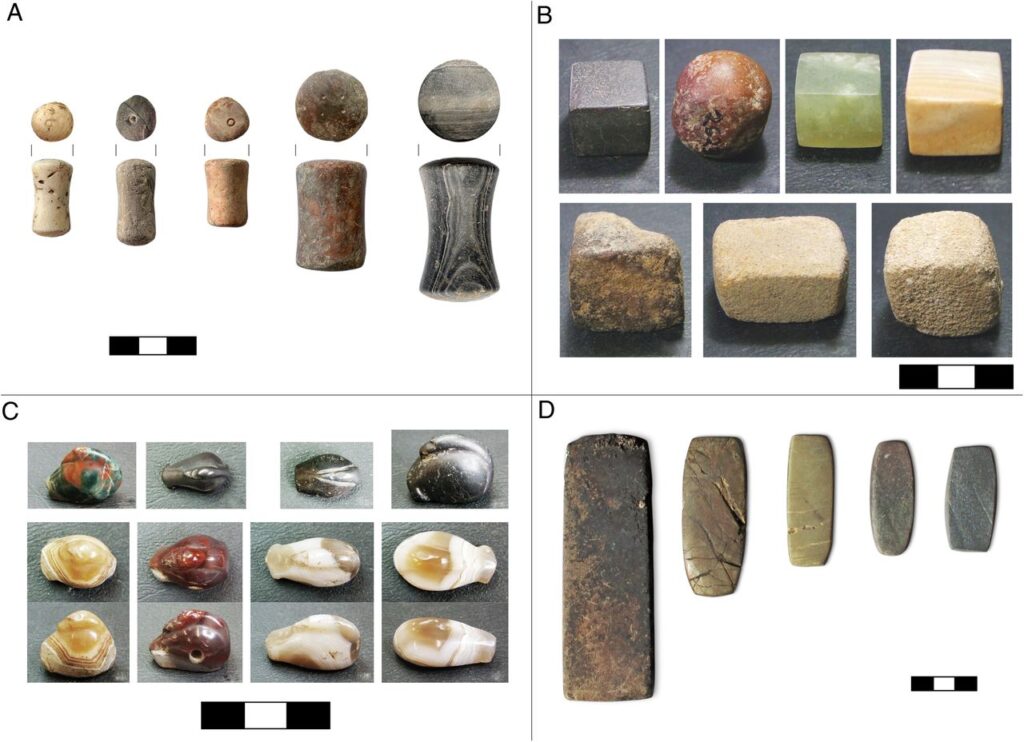
One of the defining features of the Indus Valley Civilization was its use of standardized weights and measures across vast regions. This standardization facilitated efficient trade, economic stability, and fair commerce, evidencing a sophisticated socio-economic structure.
- Extensive Trade Networks:
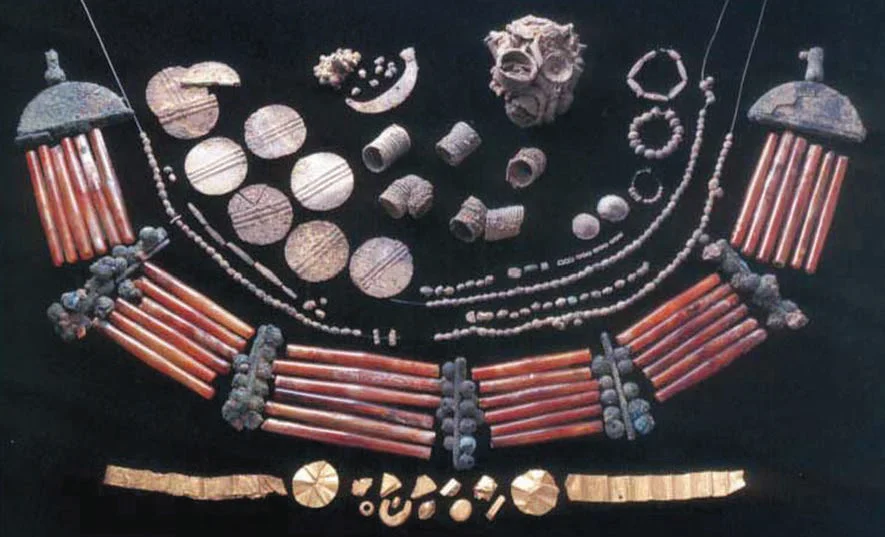
- The Indus people engaged in long-distance trade, connecting with cultures as far away as Mesopotamia and possibly the Arabian Peninsula. Artifacts such as Indus seals and beads found in Mesopotamia indicate a thriving exchange of goods, ideas, and cultural practices.
Unique Art and Craftsmanship:

Indus Valley artisans produced detailed terracotta figurines, intricate jewelry, pottery, and seals, showcasing advanced artistic skills and a keen aesthetic sense.
The Great Mystery: The Undeciphered Script
Despite its numerous achievements, one of the enduring mysteries of the Indus Valley Civilization is its script, which remains undeciphered. The civilization’s symbols appear on seals, pottery, and other artifacts but have yet to be translated, unlike the scripts of Egypt or Mesopotamia. This undeciphered script poses challenges to understanding their societal structure, religious beliefs, and daily practices.

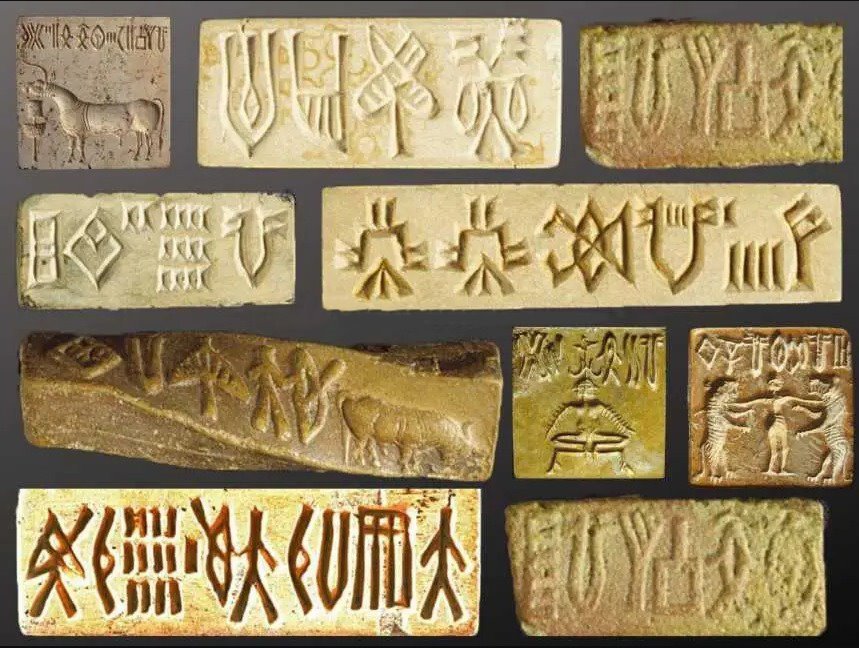
Without the ability to interpret this language, historians and archaeologists are left with only indirect evidence to interpret the Indus Valley people’s culture and governance. This limitation leaves much about their intellectual life and worldview shrouded in mystery.
Possible Mysteries and Questions
The complexity and apparent sophistication of the Indus Valley Civilization raise several questions:
- What was the purpose and nature of the script? Did it serve administrative, religious, or ceremonial purposes? Could it provide insights into Indus Valley governance, law, or literature?
- Why did the civilization decline? Environmental shifts, such as changes in the course of rivers, overuse of resources, or invasion theories, have all been suggested but remain unproven. Understanding the collapse could offer lessons in sustainability and resilience.
- What role did the civilization’s trade networks play in shaping its culture? Given the Indus Valley’s extensive trading connections, it’s possible that they influenced or were influenced by other advanced civilizations, exchanging ideas along with goods.
The Minoans: Pioneers of Aegean Civilization
The Minoan Civilization, flourishing on the island of Crete around 2000–1450 BCE, was one of the earliest and most advanced ancient civilizations in the Aegean region. Known for its artistic expression, architectural innovation, and strong maritime presence, the Minoans laid the groundwork for cultural practices that influenced the wider Mediterranean. Their sophisticated lifestyle, impressive buildings, and trade networks made them a cultural and economic powerhouse long before the rise of classical Greece. The Minoans are often considered a lost civilization, whose abrupt decline remains one of the ancient world’s great mysteries.
Cultural and Architectural Marvels of the Minoans
The Minoans are best known for their elaborate palaces and thriving, highly organized cities, with Knossos being the most famous among them. This site, sometimes referred to as Europe’s oldest city, demonstrates the sophistication and grandeur of Minoan society. The palace complex was more than just a royal residence; it was a central hub for religious, economic, and administrative activities. Some key features of Minoan architecture and urban planning include:
- Advanced Architectural Design:
The palace of Knossos featured multi-story buildings with colonnaded halls, beautifully decorated rooms, storage areas, and elaborate staircases. The scale and complexity of these structures required a highly organized workforce and skilled artisans, showcasing the Minoans’ architectural prowess.

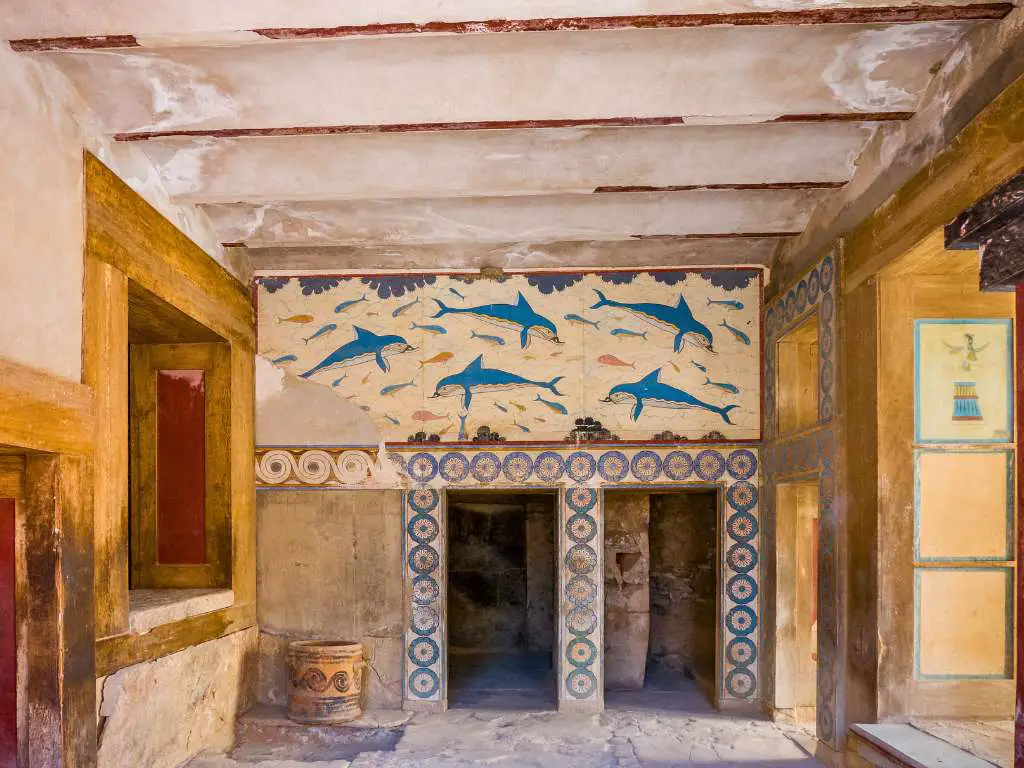


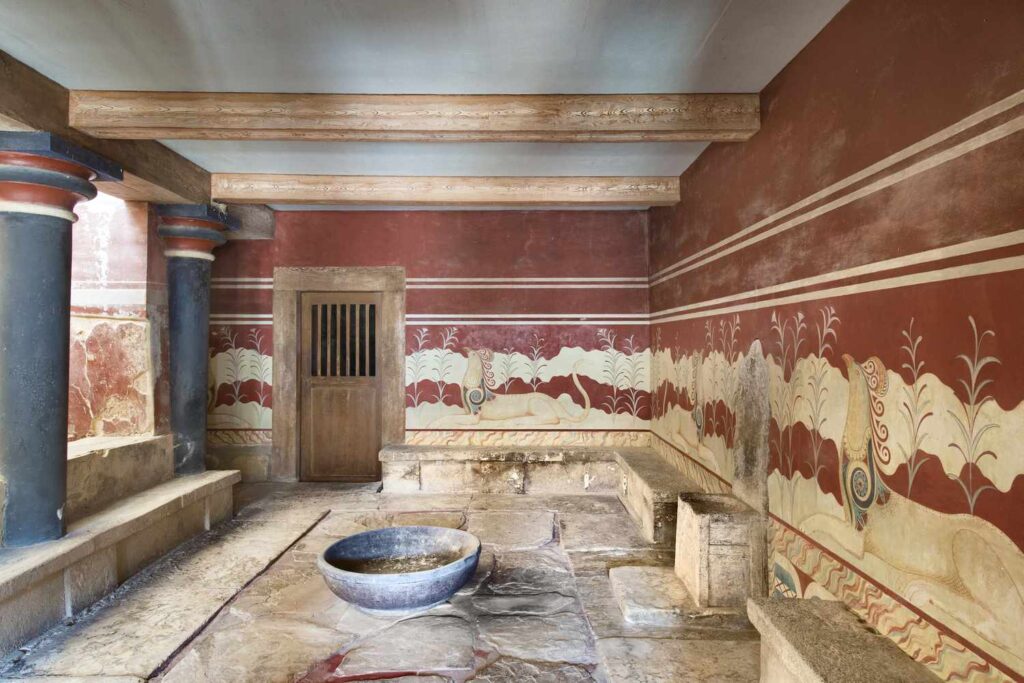

- Elaborate Frescoes and Art: Minoan frescoes covered walls with scenes of nature, religious ceremonies, and daily life. These colorful paintings, like the iconic “Bull-Leaping Fresco,” indicate the Minoans’ fascination with nature, their environment, and possibly their religion. The Minoan artistic style was vibrant and highly sophisticated, emphasizing harmony with nature and reflecting the civility of their culture.
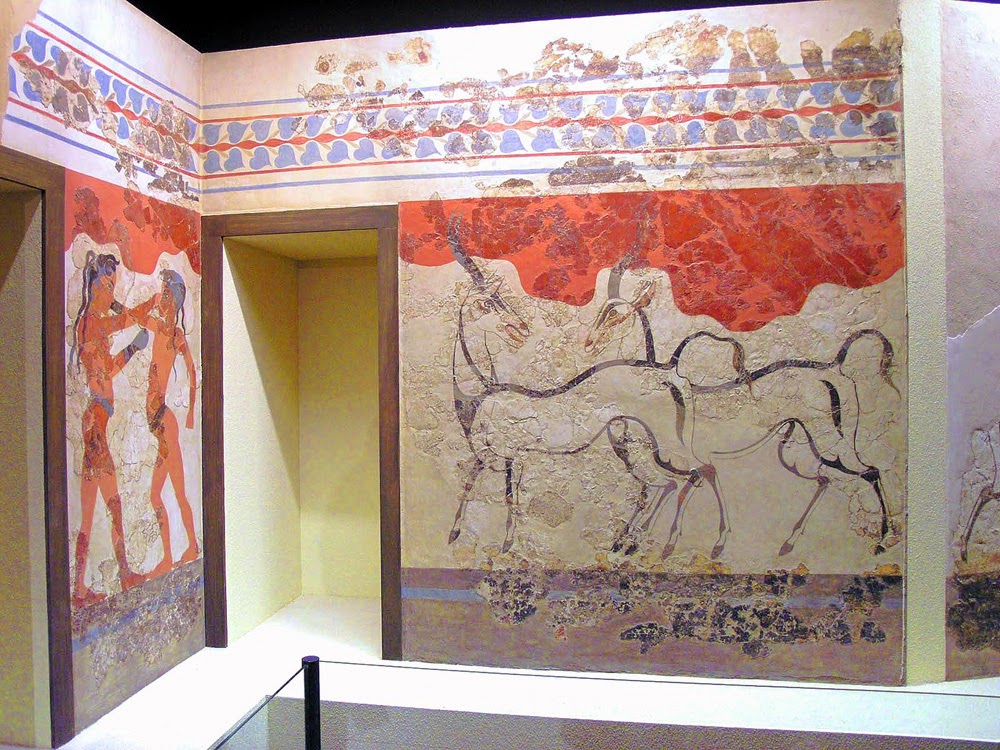

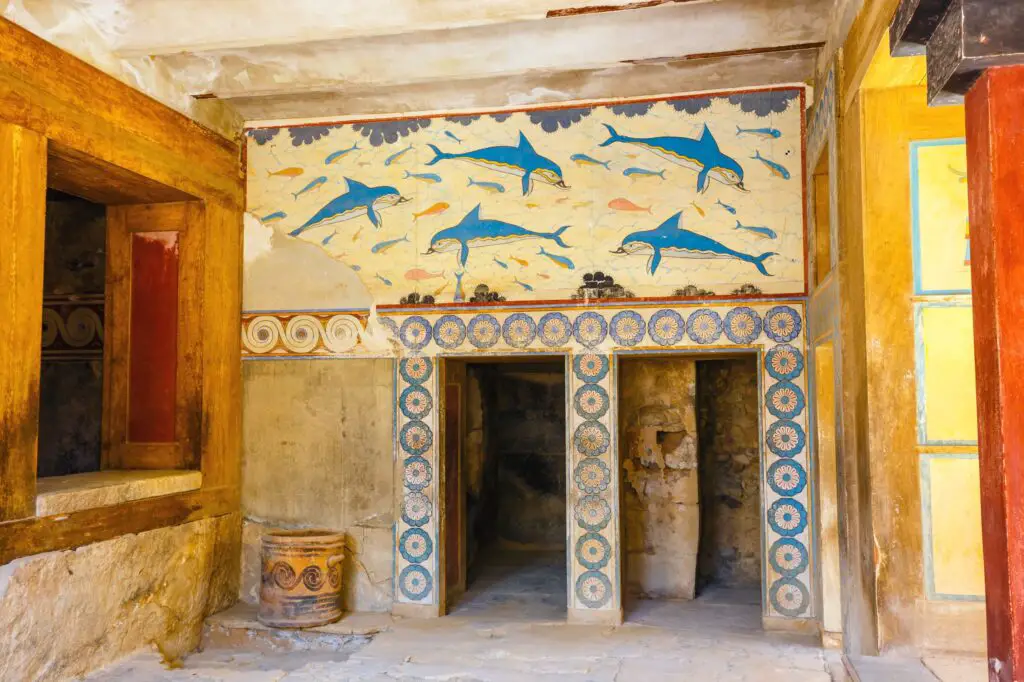

- Innovative Drainage and Plumbing Systems: The Minoans had a remarkably advanced drainage system, which included clay pipes and intricate conduits to manage wastewater and supply fresh water throughout their cities. Such innovations in sanitation were highly advanced for the time, emphasizing the Minoans’ commitment to hygiene and urban planning.


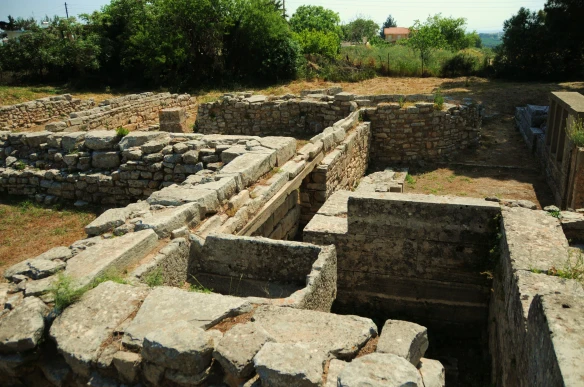

- Nautical Expertise and Trade Networks: Crete’s location in the Mediterranean allowed the Minoans to build extensive trade networks across the region, from the Cyclades to Egypt and the Near East. They became expert sailors, trading goods such as olive oil, wine, pottery, and saffron. This maritime prowess helped to establish Crete as a thriving economic center, which also allowed cultural exchanges that influenced other ancient civilizations.

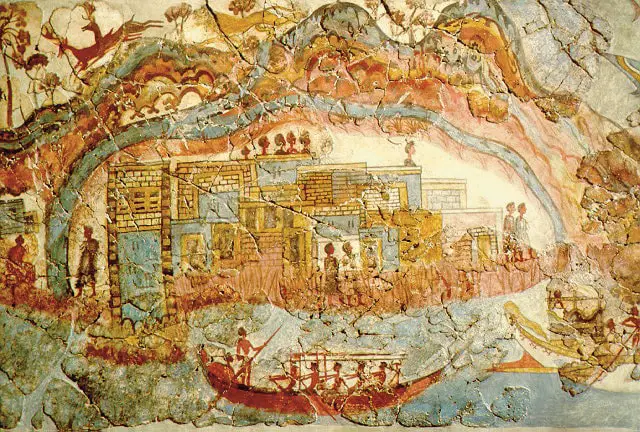

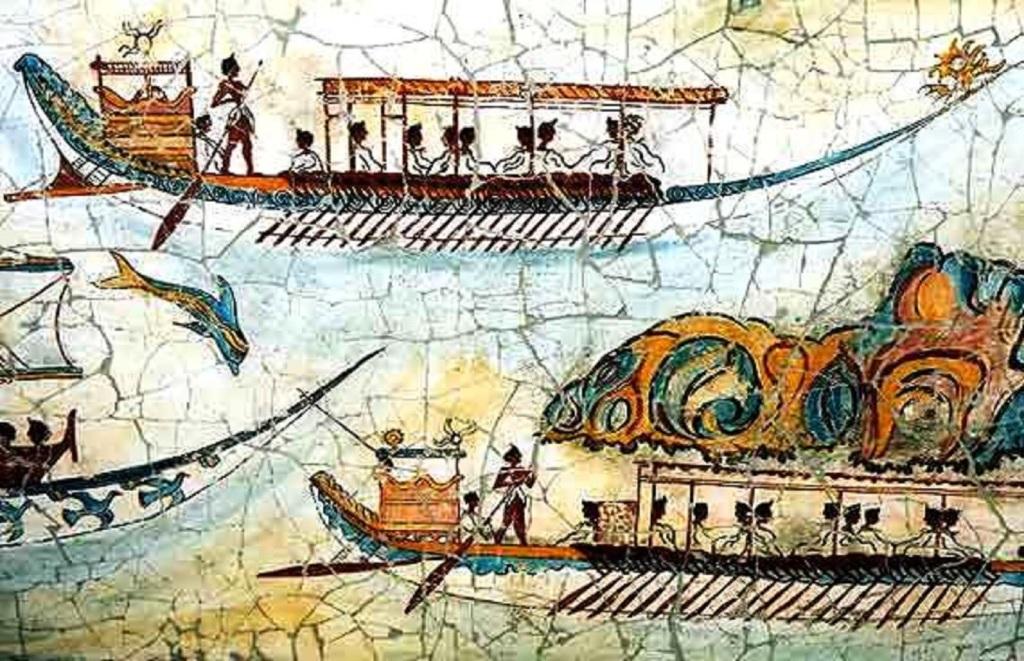
Possible Ties to Greek Mythology and the Legend of Atlantis
Some scholars believe that the Minoans heavily influenced Greek mythology, especially through tales of the labyrinth and the Minotaur—a monstrous figure thought to dwell in the labyrinth of King Minos, after whom the Minoan civilization is named. The labyrinth may have been inspired by the vast, maze-like corridors of the Knossos palace complex.
Another intriguing possibility is that the Minoan civilization served as the inspiration for Plato’s story of Atlantis. The legend of a highly advanced civilization wiped out by a catastrophic event closely mirrors the Minoans’ fate, particularly if the destruction of their society was indeed influenced by the eruption of Thera (modern-day Santorini), a nearby volcanic island. The eruption is thought to have caused massive tsunamis and widespread environmental changes that could have devastated Minoan cities and disrupted their trade networks.
Theories on the Minoan Civilization’s Mysterious Decline
The Minoan civilization’s collapse has puzzled historians for centuries, and while various theories exist, none have been conclusively proven. The leading theories include:
- Volcanic Eruption of Thera: The eruption of Thera around 1600 BCE is one of the most powerful volcanic events in human history, believed to have caused widespread devastation across the Mediterranean. The eruption likely triggered massive tsunamis that would have struck Crete’s northern coast, severely impacting Minoan coastal cities and possibly disrupting trade and agriculture.
- Environmental and Agricultural Decline: Even without direct destruction, the environmental fallout from the eruption could have caused a cooling climate, which may have hindered agriculture. Ash fallout from Thera would have affected crop growth, leading to food shortages and possibly weakening the civilization.
- Invasion by Mycenaeans: Archaeological evidence suggests that the Mycenaeans, a Greek civilization from mainland Greece, may have conquered the weakened Minoans. After the decline of the Minoan civilization, Mycenaean influence grew across Crete, possibly taking over what remained of Minoan society and culture.
The Legacy and Influence of Minoan Civilization
Despite its decline, Minoan culture left a significant legacy. Many Aegean cultures, including the Mycenaeans, borrowed heavily from Minoan religious practices, art styles, and social customs. Minoan iconography, fresco styles, and elements of their religious beliefs can be seen in later Greek civilization, suggesting a cultural continuity even after their decline. The Minoans contributed to the development of Greek mythology, art, and possibly aspects of Greek religious practices, impacting Western culture long after their civilization disappeared.
The story of the Minoans is one of profound cultural achievement tempered by mystery. From their sophisticated architecture and art to their advanced maritime networks, the Minoans were pioneers in shaping early Mediterranean civilization. Their sudden collapse serves as both a reminder of human vulnerability to natural catastrophes and a testament to the resilience and adaptability of cultural influence.
Key Points Summary
- Advanced Architecture: Multi-story palaces, such as Knossos, featured complex layouts, elaborate frescoes, and public spaces that reflected the Minoans’ organizational skills and cultural sophistication.
- Innovations in Sanitation: Minoans had plumbing and drainage systems that were highly advanced, underscoring their commitment to urban planning and public health.
- Maritime Prowess and Trade: The Minoans were skilled sailors who established extensive trade networks across the Mediterranean, boosting their economy and cultural influence.
- Influence on Greek Mythology: Minoan myths and iconography may have inspired aspects of Greek mythology, including the tale of the Minotaur and the labyrinth.
- Possible Atlantis Inspiration: Some believe that the catastrophic end of the Minoans may have influenced Plato’s story of Atlantis, particularly if Thera’s eruption played a role in their decline.
- Unresolved Mysteries: The precise cause of the Minoan collapse remains debated, with theories ranging from volcanic destruction and environmental fallout to Mycenaean invasion and societal decline.
By examining the Minoans, we gain insights into an early civilization’s ingenuity and see how human societies adapt, thrive, and respond to nature’s most powerful forces. Their mysteries continue to inspire research, connecting us to a world lost to time but still alive in the echoes of history.
4. Ancient Egypt: Architects of Immortality
The civilization of Ancient Egypt is often considered one of the most advanced ancient civilizations due to its remarkable accomplishments in architecture, medicine, mathematics, and literature. Lasting over 3,000 years, Egypt left behind some of the most recognizable monuments on Earth, including the Great Pyramids of Giza, which continue to puzzle engineers to this day.
In recent years, researchers have uncovered new evidence about the pyramids’ construction methods, yet questions linger about the precision of their astronomical alignment and the sophisticated engineering required to build them. The ancient Egyptians were not only architects of stone structures but also of a highly complex belief system that valued knowledge, education, and meticulous record-keeping.
Possible Mysteries:
- What methods did Egyptians employ to achieve such precise measurements and alignments?
- Could there be deeper symbolic or astronomical meanings encoded in their architectural designs?
The Olmecs: A Mother Culture of Mesoamerica
The Olmec civilization (c. 1200–400 BCE) is widely regarded as the “mother culture” of Mesoamerica, laying foundational influences for subsequent civilizations, including the Maya, Aztec, and Zapotec. Centered in what is now southern Mexico, particularly in the states of Veracruz and Tabasco, the Olmecs developed a vibrant culture marked by artistic, religious, and scientific advancements.
Although the Olmecs left behind no written historical records, their cultural, artistic, and architectural legacies indicate a highly advanced society. Known for monumental sculptures, including the famous colossal stone heads, the Olmecs demonstrated early knowledge in various areas such as hieroglyphics, astronomy, and calendrical systems—skills that would later flourish in Mesoamerican cultures. Despite their accomplishments, many questions remain about Olmec society, from the purpose of their colossal heads to their methods of transporting such massive stones.
Key Features of Olmec Civilization
Colossal Stone Heads:

The Olmecs are perhaps best known for their massive stone heads, some standing nearly 10 feet tall and weighing as much as 50 tons. Carved from basalt, these heads depict distinct facial features, often thought to represent specific individuals, possibly rulers or revered figures. Each head has unique characteristics, indicating that they were individualized portraits rather than general representations.
Sophisticated Urban Centers: Major Olmec cities such as San Lorenzo, La Venta, and Tres Zapotes were well-planned urban centers with ceremonial complexes, public spaces, and large mounds that served as both temples and tombs. These centers indicate an organized society with social hierarchies and possibly centralized political structures.
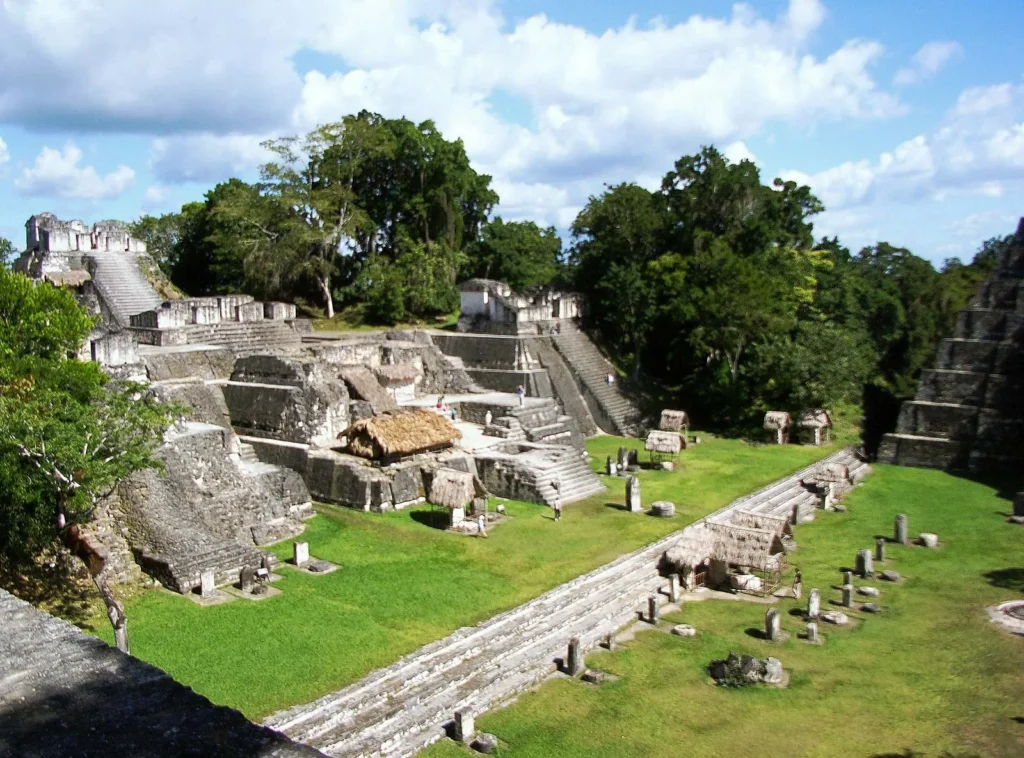

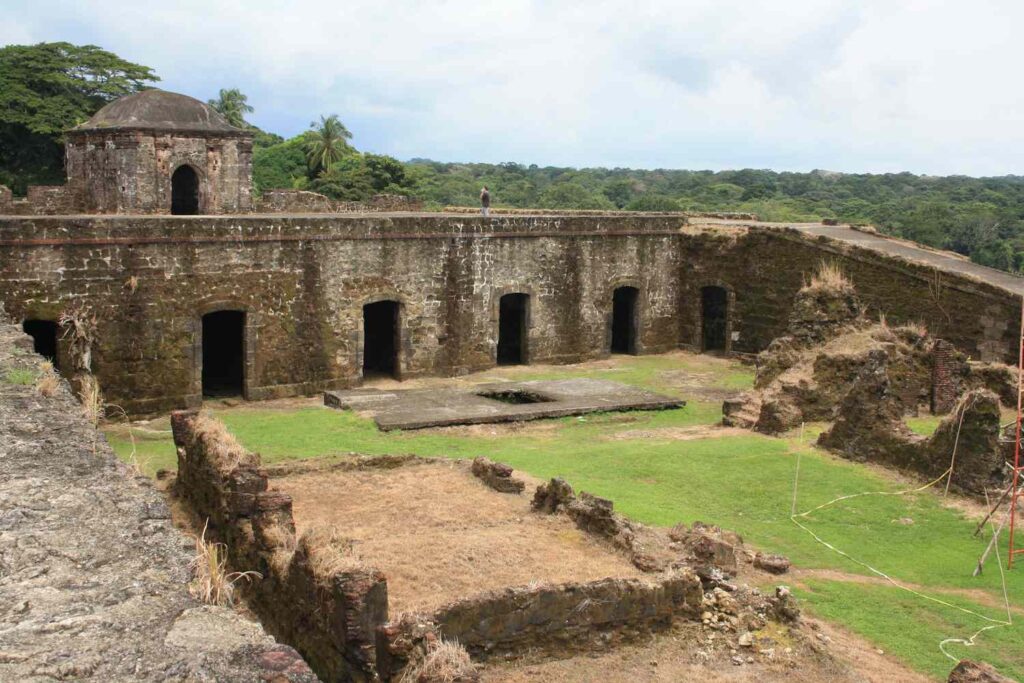
Early Use of Writing and Calendrical Systems:

The Olmecs are believed to have developed one of Mesoamerica’s earliest forms of hieroglyphic writing and possibly a precursor to the Mesoamerican calendar system. While their script remains largely undeciphered, glyphs found on artifacts suggest that they used a symbolic language, possibly to record historical events or religious practices.
- Advanced Astronomical Knowledge: The Olmecs had an understanding of astronomy, aligning their ceremonial structures with celestial events and seasonal cycles. This astronomical awareness likely influenced their ritual calendar and agricultural practices, which were integral to their society.
- Artistic and Religious Influence: Olmec art is distinctive, with motifs that include jaguars, serpents, and supernatural beings—symbols that would persist in Mesoamerican religious iconography. Olmec religion was likely shamanistic, with an emphasis on animalistic deities, and included practices such as ritual bloodletting and offerings to appease their gods. The Olmec figure of the “Were-Jaguar,” a deity often depicted with feline and human features, became a recurrent symbol in later Mesoamerican cultures.
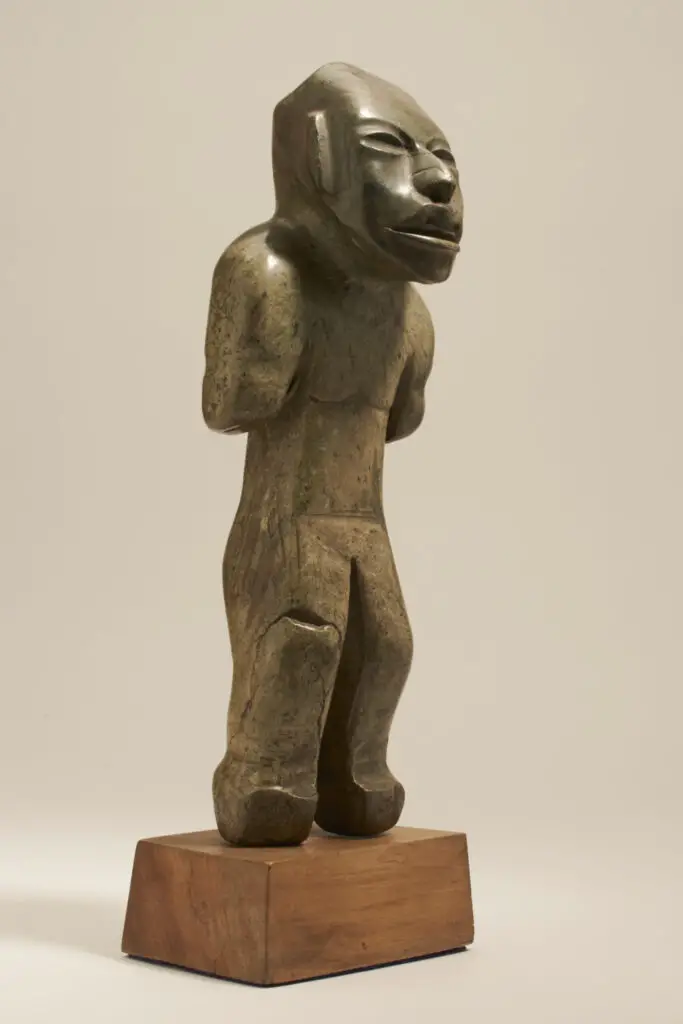
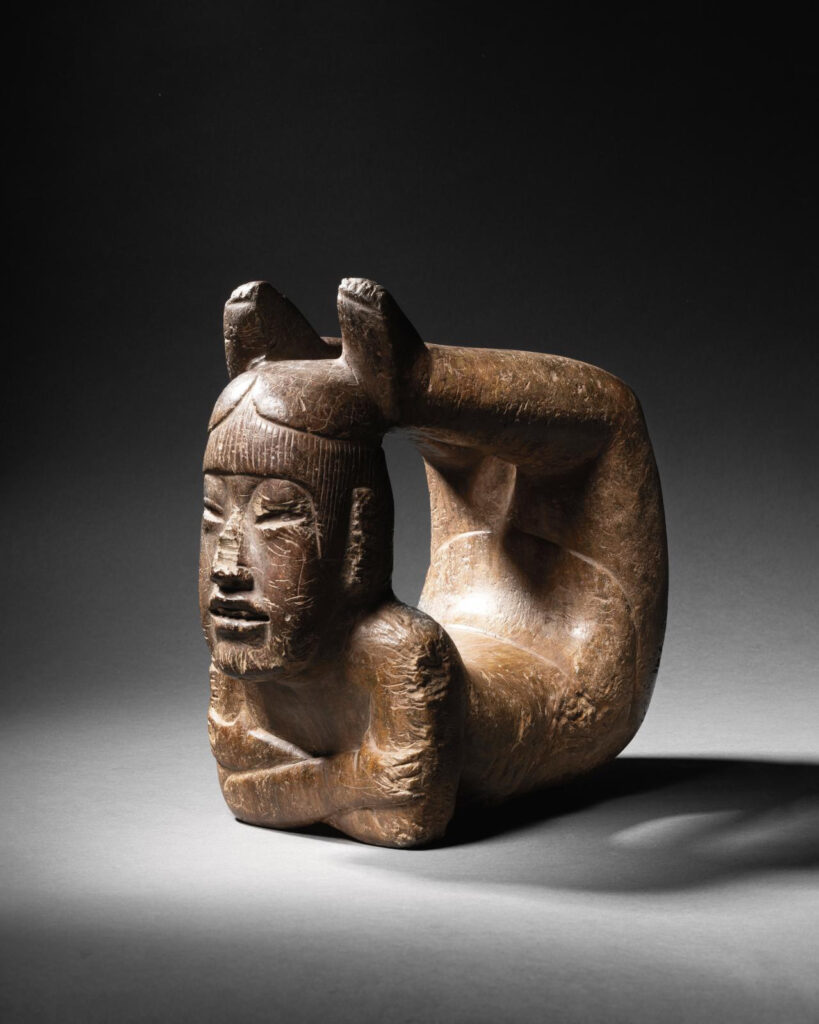


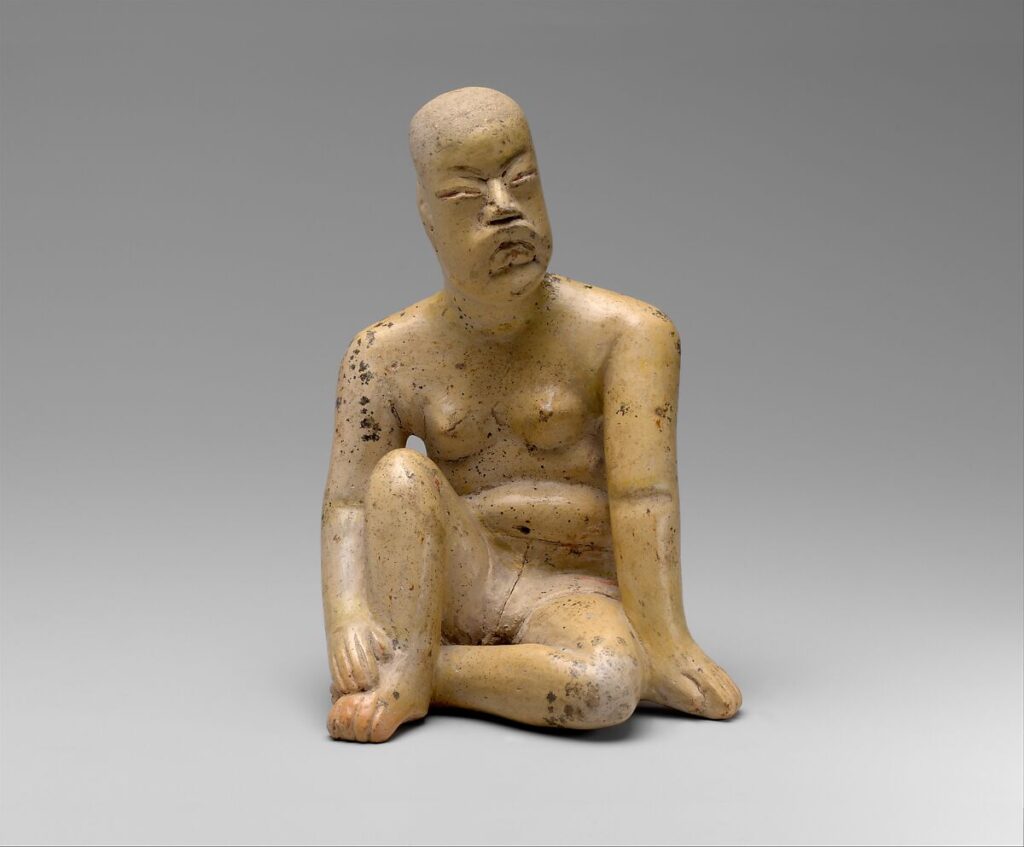

Possible Mysteries Surrounding the Olmecs
Despite the rich cultural remnants, several questions about the Olmecs remain unanswered, adding to the intrigue of their civilization.
- How Did They Transport the Colossal Heads?One of the greatest mysteries of the Olmec civilization is how they managed to transport their colossal stone heads over large distances without the wheel or large domesticated animals. The basalt used for these heads was quarried from the Tuxtla Mountains, located over 50 miles from major Olmec sites such as San Lorenzo. Scholars speculate that the Olmecs might have transported the stones by rafting them along rivers or rolling them on logs. However, the exact method remains unknown, and the sheer size and weight of the stones make this feat a remarkable achievement of ancient engineering.
- What Was the Purpose of the Colossal Heads?The function of the colossal heads is another debated topic. The individualized features of the heads suggest they may have depicted important rulers or individuals within Olmec society, perhaps as a form of reverence or ancestor veneration. Some scholars propose that the heads were markers of political power, representing Olmec elites who might have been deified after death. Yet, without written records, the true purpose of these sculptures remains speculative.
- To What Extent Did the Olmecs Shape Later Mesoamerican Cultures?The Olmecs laid the foundations for many cultural practices that became central to later Mesoamerican civilizations, but the full extent of their influence is still debated. For example, Olmec beliefs and symbols, such as the jaguar and the “were-jaguar” deity, can be seen in the religious art and iconography of the Maya and Aztec. The Olmecs are also thought to have pioneered ritual practices such as ballgames and bloodletting, which became widespread in Mesoamerica. Yet, it remains uncertain how directly Olmec religious and social structures influenced those of later cultures.
Theories on Olmec Influence and Decline
The Olmecs had a far-reaching influence on Mesoamerica, particularly through religion, art, and urban planning, earning them the title of a “mother culture.” Later civilizations, such as the Maya and Aztec, incorporated aspects of Olmec religious iconography, societal organization, and calendar systems into their own cultures.
As for their decline, several theories exist. Around 400 BCE, Olmec culture began to wane, and their major centers were abandoned. Possible reasons include:
- Environmental Changes: Changes in the region’s climate or a series of natural disasters, such as floods or droughts, could have disrupted Olmec agriculture, forcing populations to migrate or causing societal decline.
- Internal Conflicts or Political Instability: Some scholars suggest that internal strife or competition for resources may have weakened Olmec society, leading to political collapse.
- Shifting Trade Networks: The Olmecs depended heavily on trade for materials like jade and obsidian. A shift in trade routes or the emergence of competing centers of power could have undermined their economic stability.
Despite the decline of their cities, the Olmec legacy lived on in the form of artistic motifs, religious practices, and cultural symbols that continued to shape Mesoamerican civilizations for centuries.
Key Facts and Summary
- Known For: The Olmecs are best known for their colossal stone heads, which weigh up to 50 tons and depict unique facial features. These heads are believed to represent important figures in Olmec society, possibly rulers.
- Major Sites: Their main centers were San Lorenzo, La Venta, and Tres Zapotes, featuring ceremonial complexes, large mounds, and organized urban spaces.
- Innovations: The Olmecs developed an early form of writing, possibly one of Mesoamerica’s first hieroglyphic systems, and may have been among the first to use a 260-day ritual calendar.
- Religious Influence: Olmec religion emphasized shamanistic practices, with deities depicted as animals or mythical figures like the “were-jaguar.” These religious symbols and practices continued in later Mesoamerican cultures.
- Unanswered Mysteries: The methods the Olmecs used to transport their colossal stone heads remain unknown, as does the exact purpose of these monuments. The full extent of their influence on later Mesoamerican societies is also uncertain.
The Olmecs’ legacy as the mother culture of Mesoamerica lives on through the art, religion, and societal practices they passed down. Their achievements in architecture, religious iconography, and possibly written language highlight their sophistication. Despite their decline, the mysteries surrounding the Olmecs continue to inspire fascination and respect for this pioneering civilization. Their story, much like their monumental stone heads, is an enduring testament to the resilience and creativity of ancient Mesoamerica.
Which Ancient Civilization Was the Most Advanced?
Determining which ancient civilization was the most advanced is complex, as each possessed unique strengths and innovations. Ancient Egypt, with its architectural and medical accomplishments, remains a strong contender. Meanwhile, the engineering marvels of the Indus Valley or the cosmology of the Maya could also claim this title. Other, lesser-known lost civilizations may have possessed equally astounding capabilities, yet their full stories remain untold.
Each civilization contributed its own chapter to the human story, and in doing so, they collectively built a foundation for modern knowledge. As we uncover more about their world, we not only gain insight into our ancestors’ ingenuity but also explore the limits of human potential and resilience.
Unsolved Mysteries and Modern Discoveries
Today, advancements in technology like LiDAR (Light Detection and Ranging) have enabled archaeologists to detect hidden structures beneath dense jungles or deserts, making previously lost civilizations newly accessible. Sites in Central and South America, Southeast Asia, and other regions may soon reveal astonishing finds, shedding light on these ancient advanced civilizations and offering new clues to our collective past.
As science and technology continue to evolve, the knowledge and skills of these ancient societies inspire awe and curiosity. By studying the mysteries of lost civilizations, we not only pay homage to our ancestors but also ignite our own imaginations, dreaming of the heights humanity can still reach. In a sense, the legacy of ancient advanced civilizations continues to drive us toward discovery, curiosity, and wonder about our world and beyond.
The Bottom Line
Exploring the mysteries of ancient advanced civilizations reveals not only the depth of human ingenuity but also the enduring mysteries that continue to fascinate. Each of these societies demonstrates a blend of cultural, architectural, and intellectual prowess, highlighting the human capacity for achievement—even in the most distant past. The civilizations we consider the most advanced ancient civilizations may well be reminders of potential futures yet unrealized, pathways of learning, growth, and advancement for generations yet to come.
1 Comment
Comments are closed.